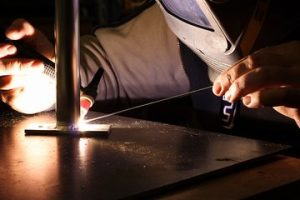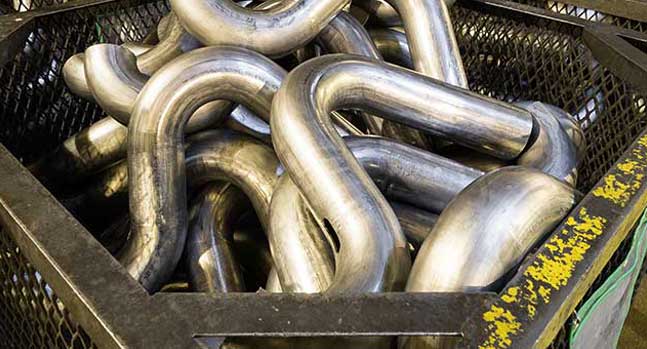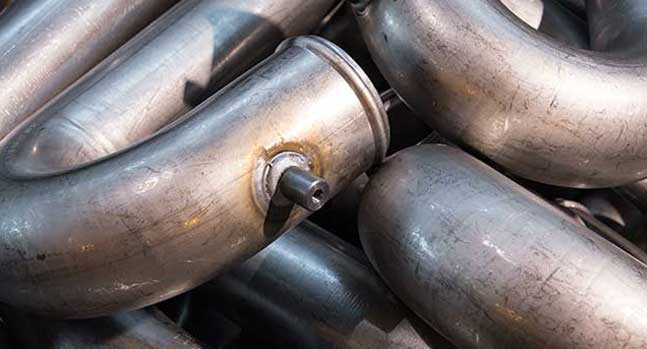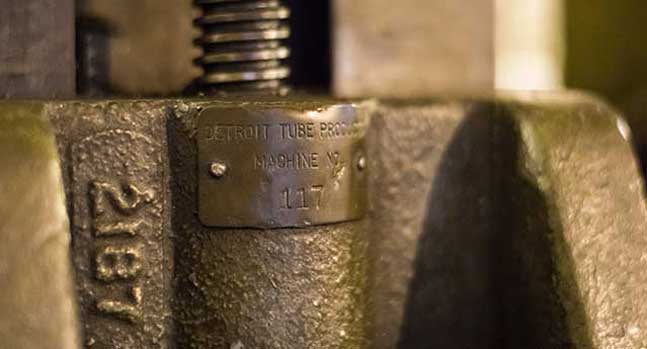Torch brazing is the process in which two metals of the same, or different alloys are joined together using a fuel torch. A filler metal is then placed between the two tubes or tubes and objects are brazed, and torched to heat above the melting point. The objects are then compressed together until the melted filler metal oozes to the outside. From there it is quickly brought down in temperature to create an ultimately strong bond needed in connection assemblies.

There are many types of metals that can be used as filler metals to complete the torch brazing process. Depending on the use of the product that you are brazing, will determine the type of filler metal you will want to use. Here are a few of the most commonly used filler metals, and why they are preferred:
When selecting a filler metal many will make their selection based on cost, volatility, or durability. Depending on your application or the substance your application will transfer, will also be important in choosing the filler metal that needs to be used.
The application at hand will determine if torch brazing is your optimal option for connecting two metals. Brazing is your go-to option if you plan on connecting two different metal alloys. For example, if you are looking to connect bronze with aluminum, brazing would be your best option. The key is selecting a filler metal that has a melting point under both the bronze as well as the aluminum. Other applications in which torch brazing is optimal are:
There are two common methods of torch brazing. Butt joints, or Lap Joints. Each type of joint connection provides a different strength for both tubular and flat connections.
For more information on materials and making assemblies to meet your needs, contact us today. We can help answer any questions you may have or provide you with the tubing products needed for your application.

3/4" to 6" diameter bending capacity
Severe radius capability standard - all sizes
Close tolerance available
Large die selection
Bend all tubing materials and shapes.

